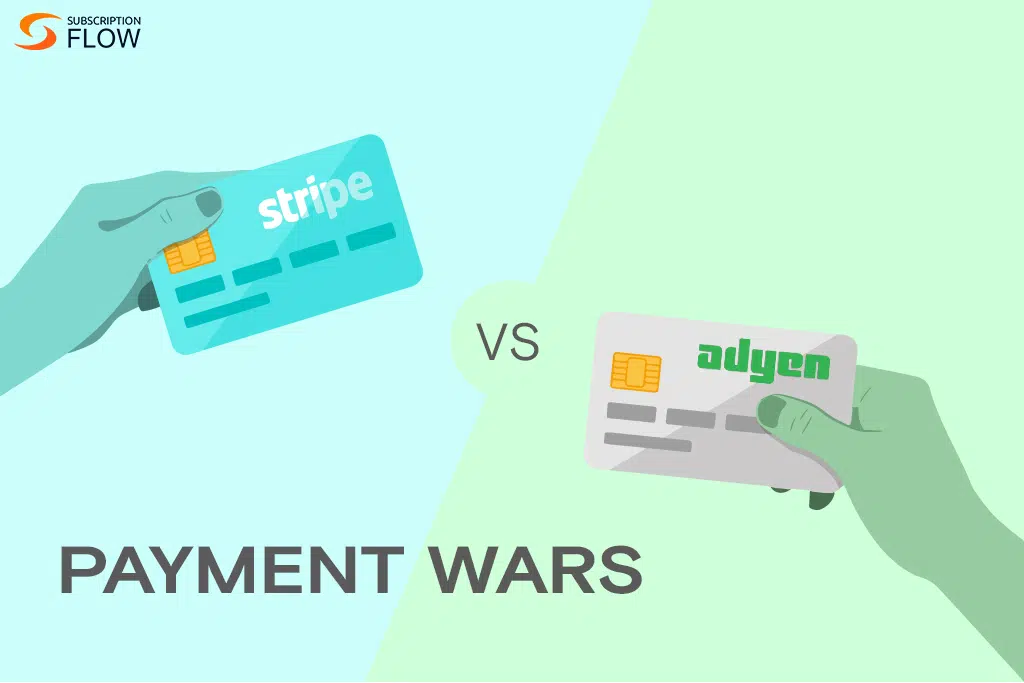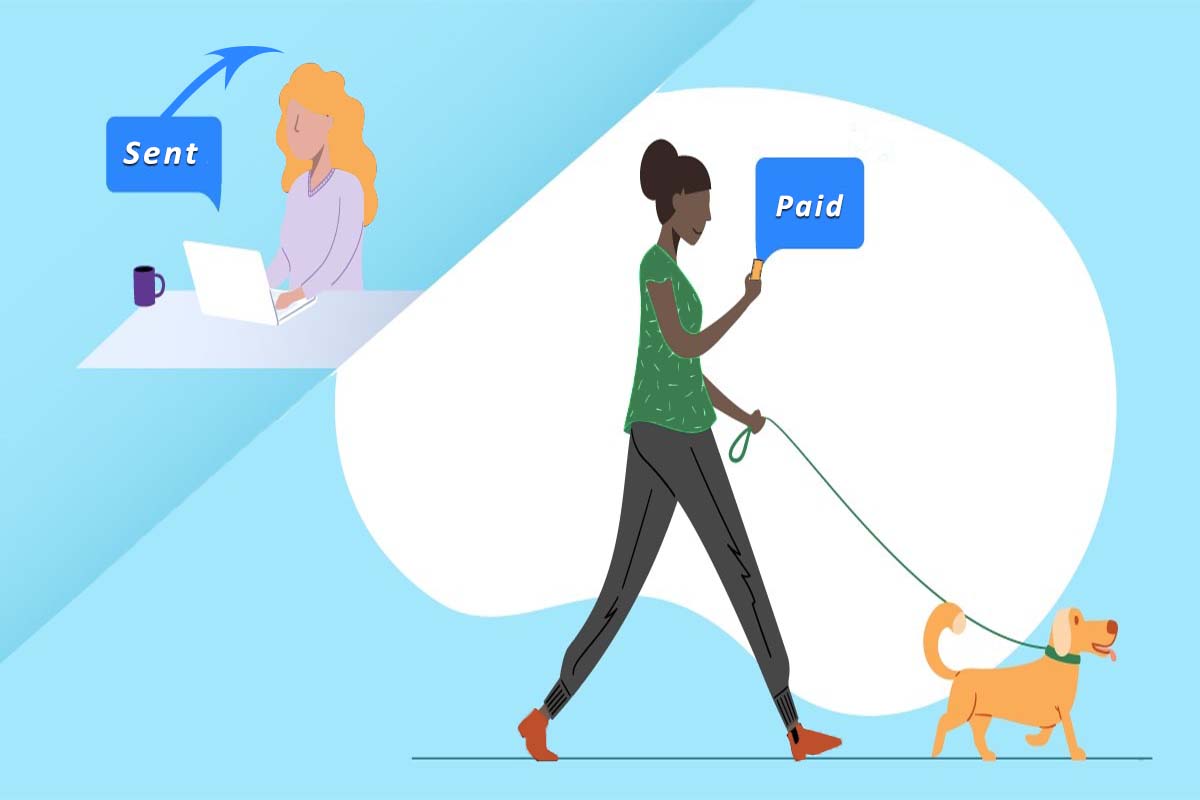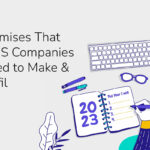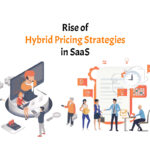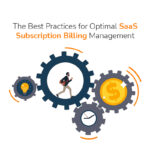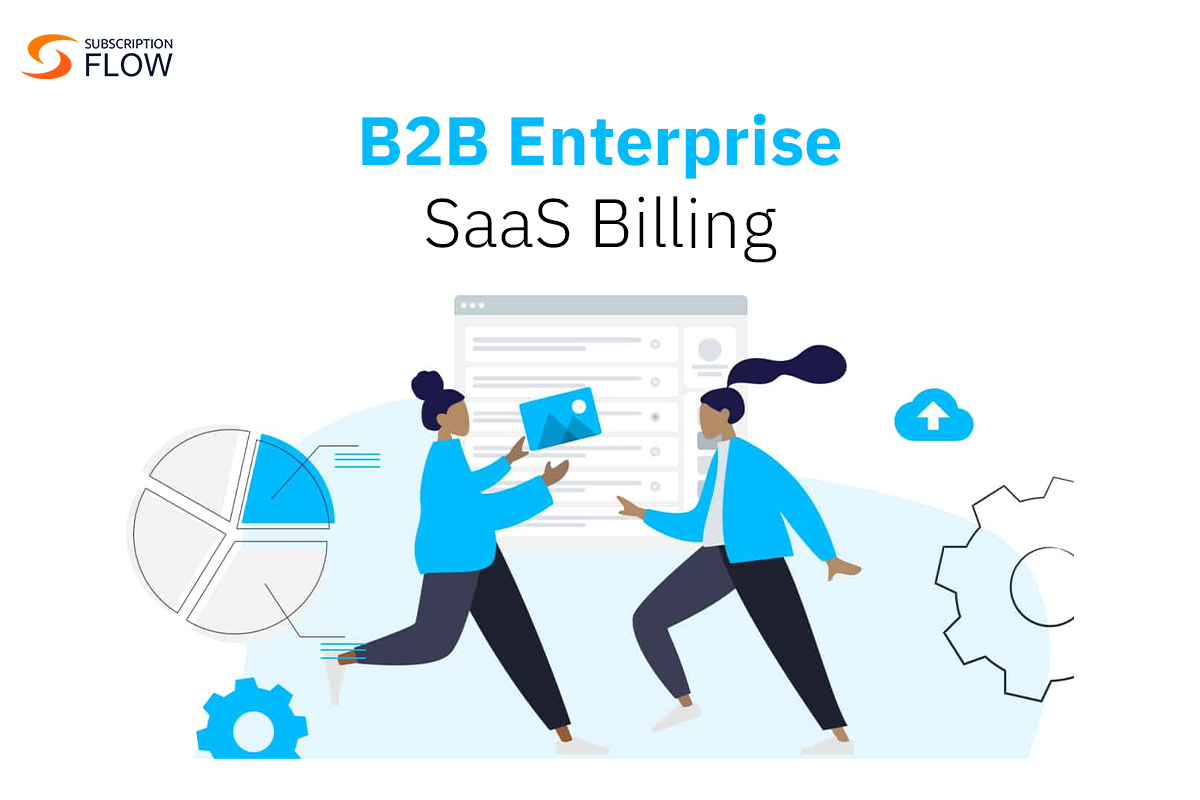
Transforming B2B enterprise SaaS billing with SubscriptionFlow
Subscription pricing with the help of automated billing software has transformed many industries and provided businesses with a dynamic way to generate revenue, especially in the SaaS space. However, handling multiple subscription plans and dealing with the complexities of B2B enterprise SaaS billing, variable customer lifecycles, and subscription management can be extremely difficult. These difficulties vary from increasing revenue streams (that, in return, require turning users who are free into paying customers), making sure that payments are made on time, strategically upselling users to premium tiers, and following up on late payments. Moreover, developing a profitable pricing strategy requires consistent model testing and compliance with international tax laws. In this article, keeping all this context in mind, we will explore some of the SaaS billing best practices in 2024 that can transform your SaaS pricing model into a driver of growth and sustainability to understand how SubscriptionFlow can be the automated billing software that will elevate your B2B enterprise SaaS billing needs to where they need to be.
Read more: Resolving SaaS Pain Points with the Ultimate SaaS Billing Engine
How does having a robust subscription billing platform help your SaaS business?
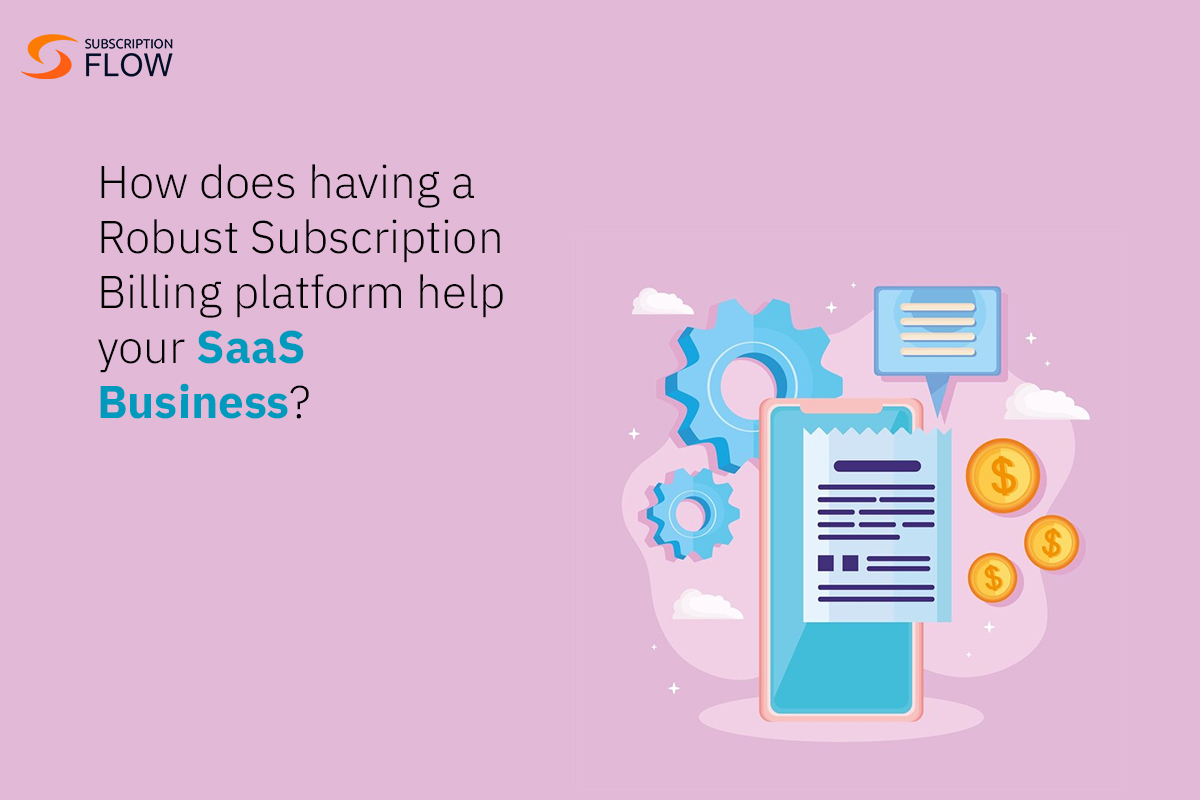
SaaS companies’ success is largely dependent on their use of subscription billing. Now let’s discuss the benefits of using a SaaS subscription services billing platform in your SaaS company:
1. Reliable Flow of Revenue:
Subscription billing guarantees a steady stream of income by collecting payments from clients at prearranged intervals. It is easier to plan and manage finances effectively when there is stability.
2. Streamlined Automation:
Several operational tasks, including user onboarding, usage tracking, bills generation, and payment processing, are automated by a strong subscription billing platform. By reducing manual labor, this automation frees up time for businesses to concentrate on their core competencies.
3. Improved Customer Loyalty:
Because subscribers are more likely to stick with their payments over time, long-lasting relationships and steady income streams are the outcome of the subscription model.
4. Useful Revenue Evaluation:
Subscription billing systems give companies insightful information about revenue trends, allowing them to examine growth trends, churn rates, and subscription data to make wise decisions.
5. Certain Revenue Projection:
This improves overall financial management by enabling strategic planning, expansion plans, and effective resource allocation.
6. Easy Onboarding:
A well-configured subscription billing system makes it easier for new users to get started with the software and guarantees a positive experience.
7. Scalability:
As a business grows, subscription billing systems adapt to accommodate a growing subscriber base without causing any disruptions.
8. Financial Benefits:
Compared to one-time purchases, subscription services usually result in cost savings, providing customers with additional value while maintaining a consistent revenue stream for companies.
9. Handling Complexity:
Although adopting subscription billing presents difficulties, such as juggling various pricing schemes and handling regular upgrades or downgrades, these difficulties can be lessened by using the appropriate billing software.
Essentially, the incorporation of a proficient SaaS subscription charging platform streamlines procedures, enhances client contentment, and makes a significant contribution to the overall progress of the business.
SaaS Billing Best Practices: A List
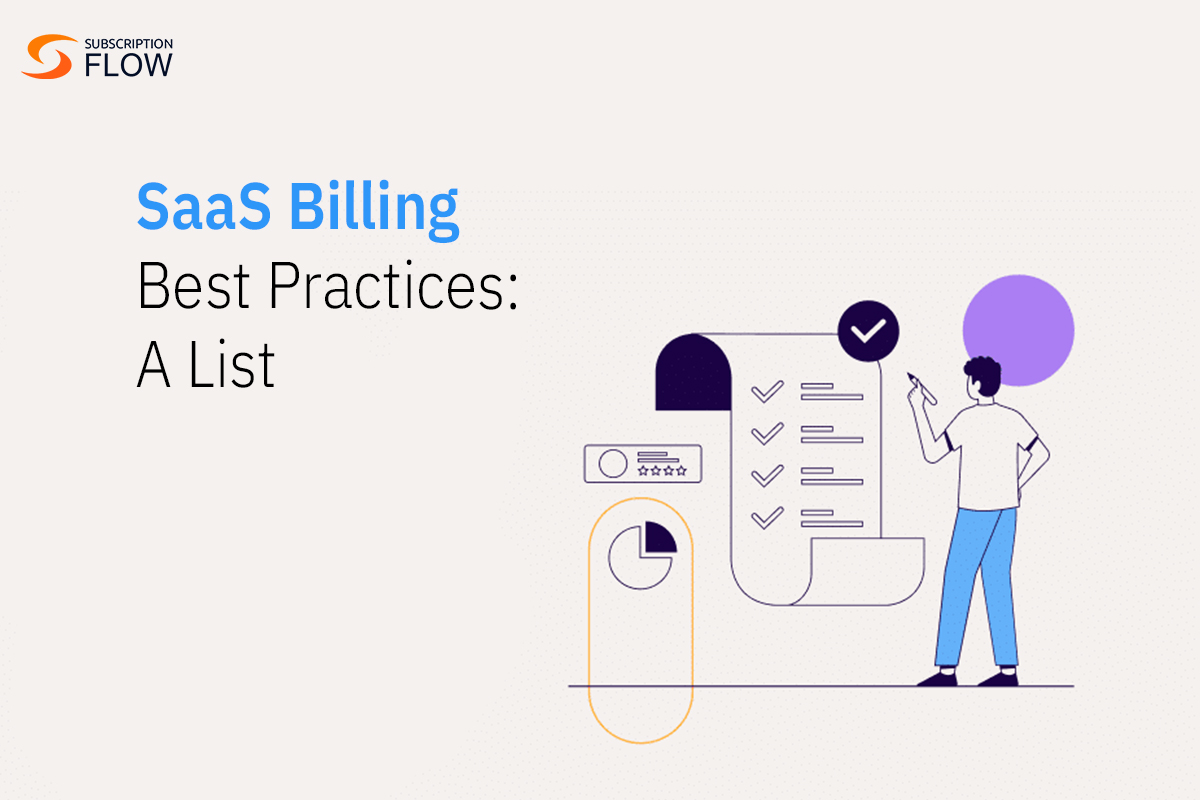
In this section of the blog, we will be looking at some of the best SaaS billing best practices alongside useful examples that will help illustrate how you can go about implementing this strategy:
1. Clear Subscription Strategies:
It is critical to have a subscription plan structure that is precisely defined. Consider a cloud storage provider that provides Basic, Professional, and Enterprise, each of which has explicit details about storage allotments, teamwork tools, and cost divisions. Customers are empowered to choose the plan that best suits their needs thanks to this transparency.
2. Honest Communication of Pricing:
Honesty regarding pricing details is crucial in open pricing communication. Examine project management software that avoids surprise or hidden fees by clearly outlining the recurring subscription costs up front. Trust between the company and its customers is increased when additional costs, such as premium features or additional user fees, are transparently disclosed.
3. Multiple Payment Options:
Providing a range of payment choices allows for the accommodation of different customer preferences. Consider a provider of CRM software who takes payments via bank transfers, digital wallets and credit/debit cards. Businesses can serve a larger client base by accepting a variety of payment methods.
4. Streamlined Subscription Management:
Improving customer convenience through simplification of subscription management. Consider a web hosting company that gives customers access to an intuitive portal where they can quickly upgrade bandwidth, change hosting plans, or include certificates for SSL encryption alongside a few clicks. This management’s ease of use encourages client loyalty and satisfaction.
5. Pay Attention to Customer Retention:
Keeping customers comes down to continuing to deliver value, not just billing them. Think about an email marketing tool that provides recurring webcasts on email optimization, individualized consultations, and client-only feature releases. Businesses increase customer loyalty and lower churn rates by consistently providing value to their customers.
6. Data that is driven by feedback enhancements:
It is very beneficial to ask customers about their billing experiences. For example, a tool for managing projects might regularly poll users to learn more about billing clarity, ease of payment, and general user satisfaction. Businesses can improve their billing procedures and better serve their customers by integrating customer feedback.
7. Automated Dunning Management:
Putting automated dunning procedures in place makes processing unsuccessful payments easier. Imagine a software subscription service that reminds users who have missed payments or have credit cards expire automatically and politely, encouraging them to easily update their payment details. By being proactive, this approach to dunning reduces lost revenue and preserves cash flow stability.
In short, B2B SaaS companies can strengthen their position in the market by following these best practices, which guarantee effective billing procedures, promote customer satisfaction, and maintain a robust revenue stream.
Why is SubscriptionFlow one of the SaaS billing platforms in 2024?
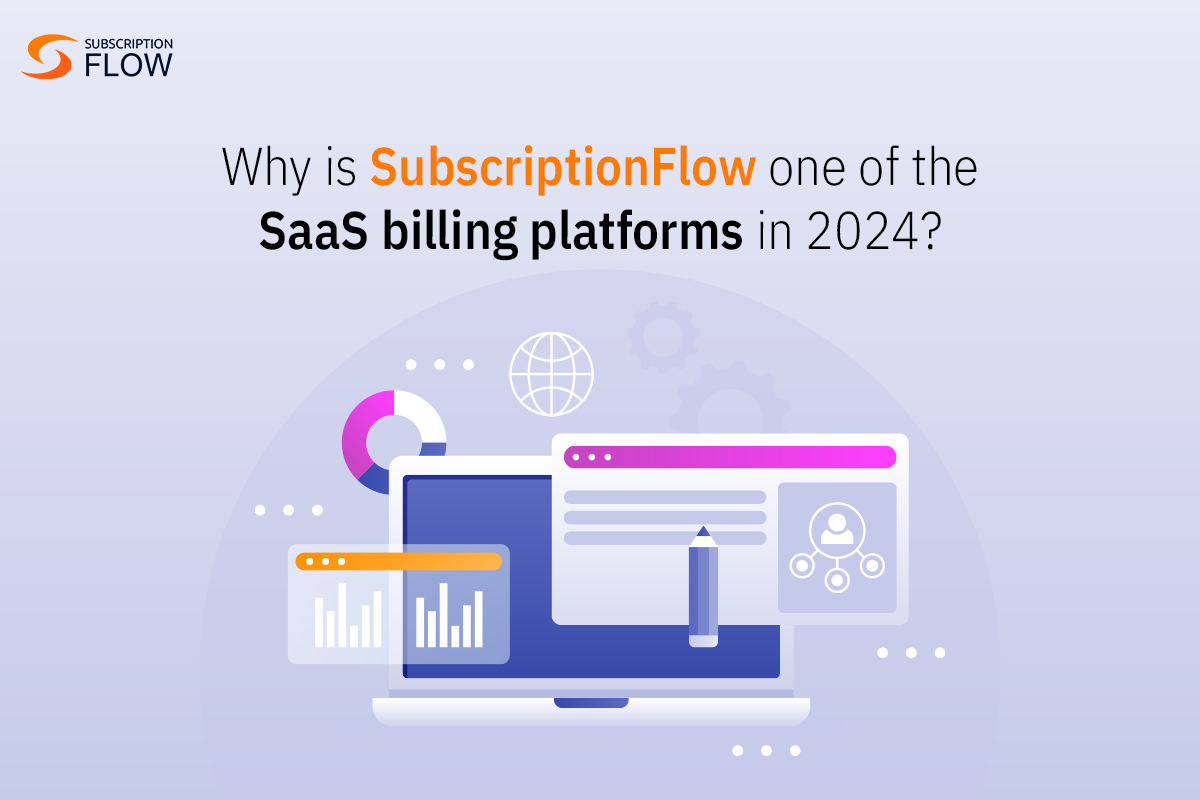
All that said, let us take a detailed look into why SubscriptionFlow is one of the SaaS billing platforms in 2024?
1. Flexible Pricing Structures:
SubscriptionFlow is distinguished by its extensive product pricing configurations, sophisticated usage tracking, and flexible features for invoicing, billing, and payment automation. To meet the various pricing needs of enterprise clients, businesses can create hybrid plans, customize pricing models, test usage-driven billing, and create an endless number of product variations. Consider a cloud computing service that uses SubscriptionFlow to maximize subscription renewals for smooth billing experiences, streamline invoice generation, and easily customize billing logic.
2. Effortless Billing Automation:
With features like fluid usage monitoring, auto-renewing contract subscriptions, automated calendar-based billing, and strong security and compliance protocols, SubscriptionFlow simplifies billing operations. The platform offers hassle-free transactions by seamlessly integrating with multiple payment gateways. Imagine, for instance, that a project management tool uses SubscriptionFlow to simplify billing cycles.
3. Clever Automation Techniques:
With effective dunning management and strong payment collection automation, SubscriptionFlow helps maximize SaaS renewals and recover unsuccessful payments. Businesses can set up email sequences to stop subscriber churn and set up automated retries for unsuccessful payments. To improve customer retention, SubscriptionFlow also provides pre-defined workflows. For example, take into account a subscription-based software program that uses SubscriptionFlow to automate proactive dunning processes, reduce revenue loss, and cultivate enduring relationships with clients.
4. Smooth System Integration:
SubscriptionFlow works with a number of software programs, including CRM software, sales tools, marketing automation platforms, accounting platforms (like Xero, QuickBooks, and FreshBooks), and more. Imagine a system for managing customer relationships that uses SubscriptionFlow to improve the accuracy of sales forecasting, synchronize billing data, and streamline financial reporting.
5. Customized Pricing Methods:
The platform offers unmatched versatility in developing pricing plans that are suited to the ever-changing needs of SaaS enterprises. Companies can use a variety of pricing models, including fixed, progressive, volume-based, or dependent on unit pricing, to set up one-time fees, ongoing charges, or usage-based tariffs. SubscriptionFlow gives businesses the ability to adjust their pricing strategies in order to better meet changing market demands thanks to its extensive usage monitoring and automated invoicing capabilities. Consider a software-as-a-service provider that uses SubscriptionFlow to maximize revenue generation, improve customer satisfaction, and dynamically modify pricing levels based on user engagement metrics.
6. Global Payment Services:
SubscriptionFlow makes it easier for businesses to grow internationally by integrating with the main payment gateways in an easy-to-use manner. This allows them to take payments from clients all over the world. The platform offers a broad range of payment methods that are critical to the success of SaaS businesses, regardless of whether they are targeting local markets or serving a multinational clientele. For illustration, consider an e-commerce platform that uses SubscriptionFlow to enable cross-border transactions, adhere to international payment laws, and broaden its customer base while offering a smooth payment experience.
Essentially, SubscriptionFlow gives B2B companies the ability to streamline subscription management, spur expansion, and guarantee effective invoicing procedures in the ever-changing business environment of 2024. SubscriptionFlow becomes the preferred choice for companies looking for a dependable SaaS billing platform that can be customized to meet their specific requirements due to its flexible pricing structures, easy-to-use automation options, flawless integrating capabilities, adjustable pricing models, and support for international payments.
Read more: SaaS Billing Best Practices: A Proposed Roadmap
The bottom line:
In summary, pricing for subscriptions has completely changed industries, especially SaaS, but it can be difficult to handle complexity like different plans and billing. Clear subscription strategies, open pricing, a variety of payment options, efficient management, and feedback-driven enhancements are considered best practices for 2024. Among cloud-based billing platforms, SubscriptionFlow stands out for its global integration, smooth automation, and flexible pricing, making it a top option for companies looking for sustainable growth and effective billing solutions. Book a demo with SubscriptionFlow now to take advantage of its B2B enterprise SaaS billing management capabilities!



